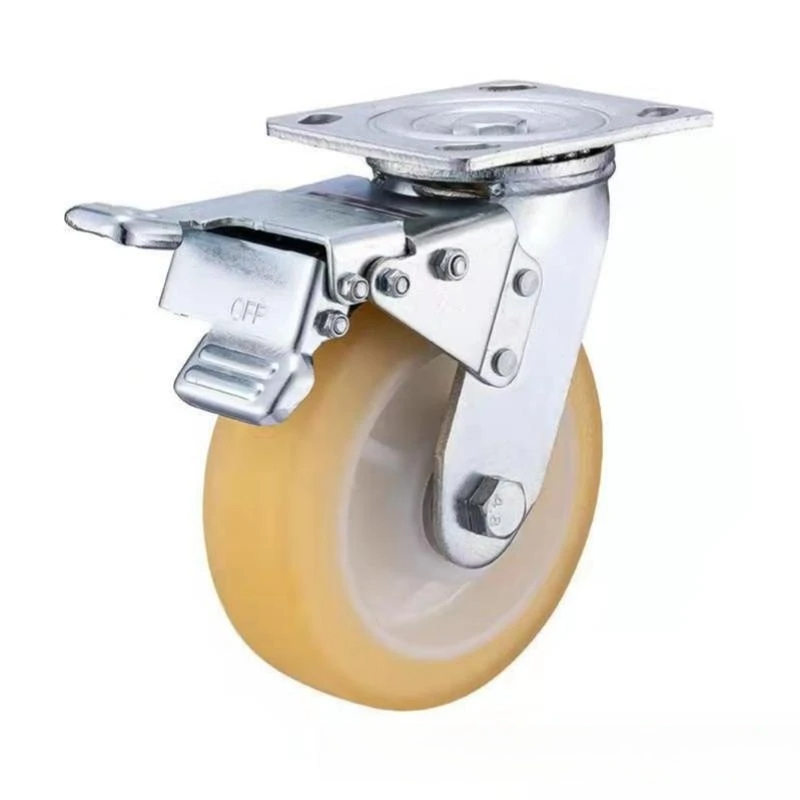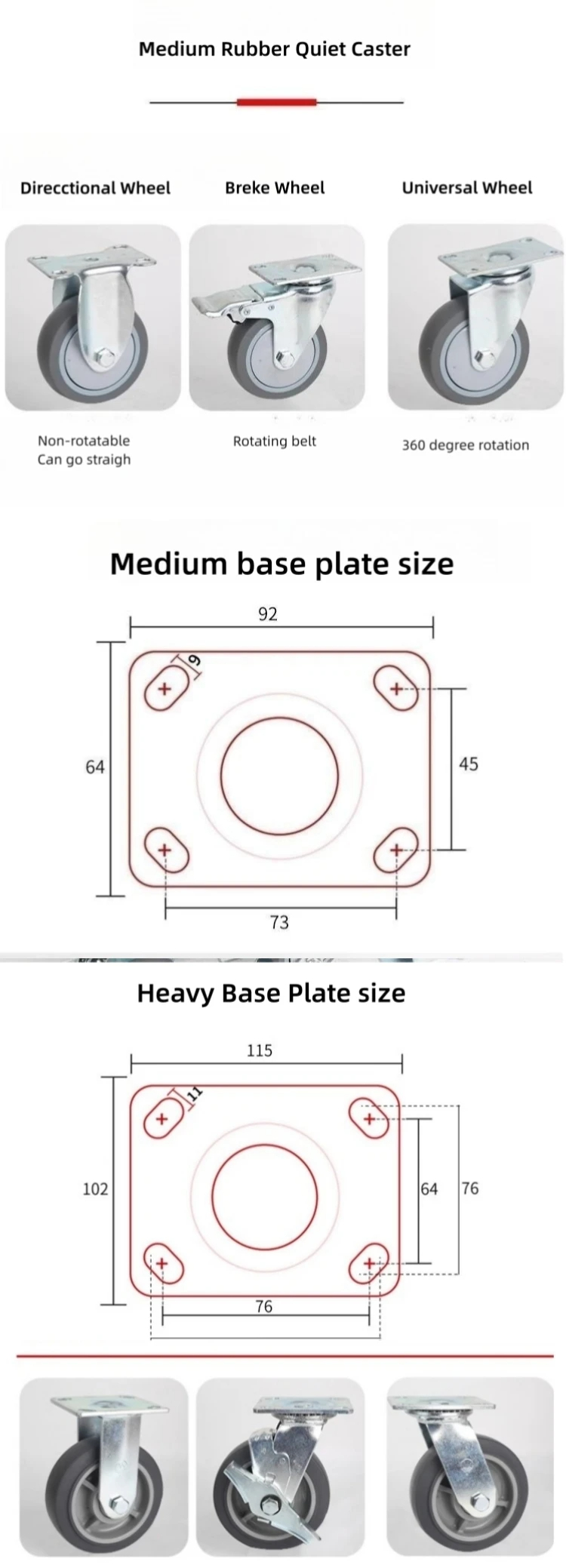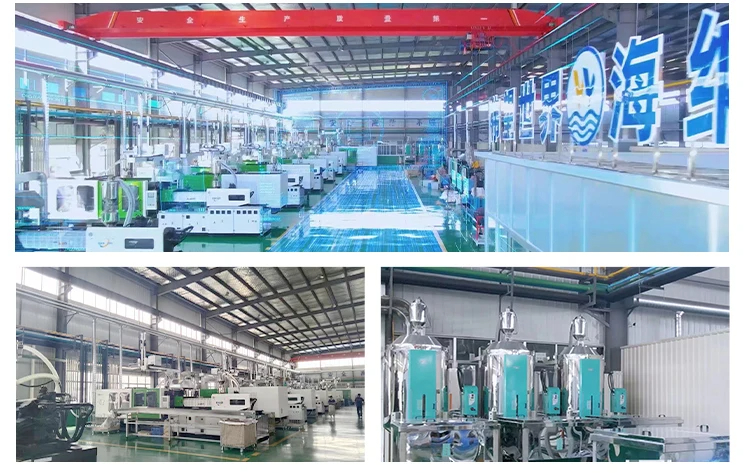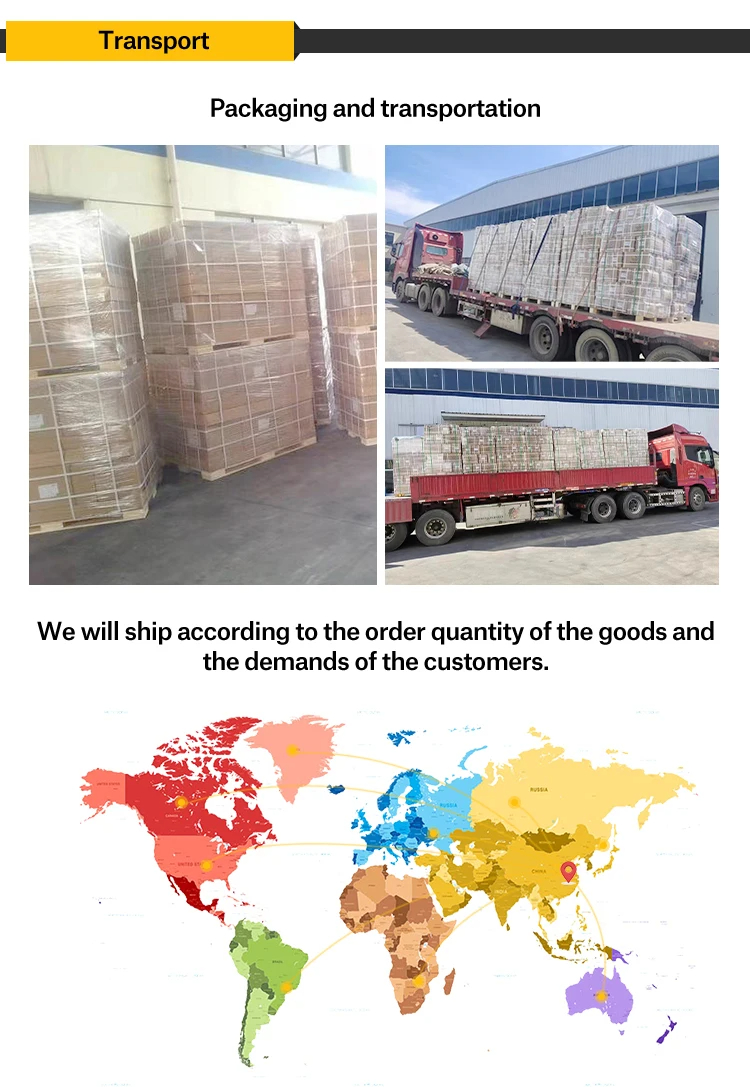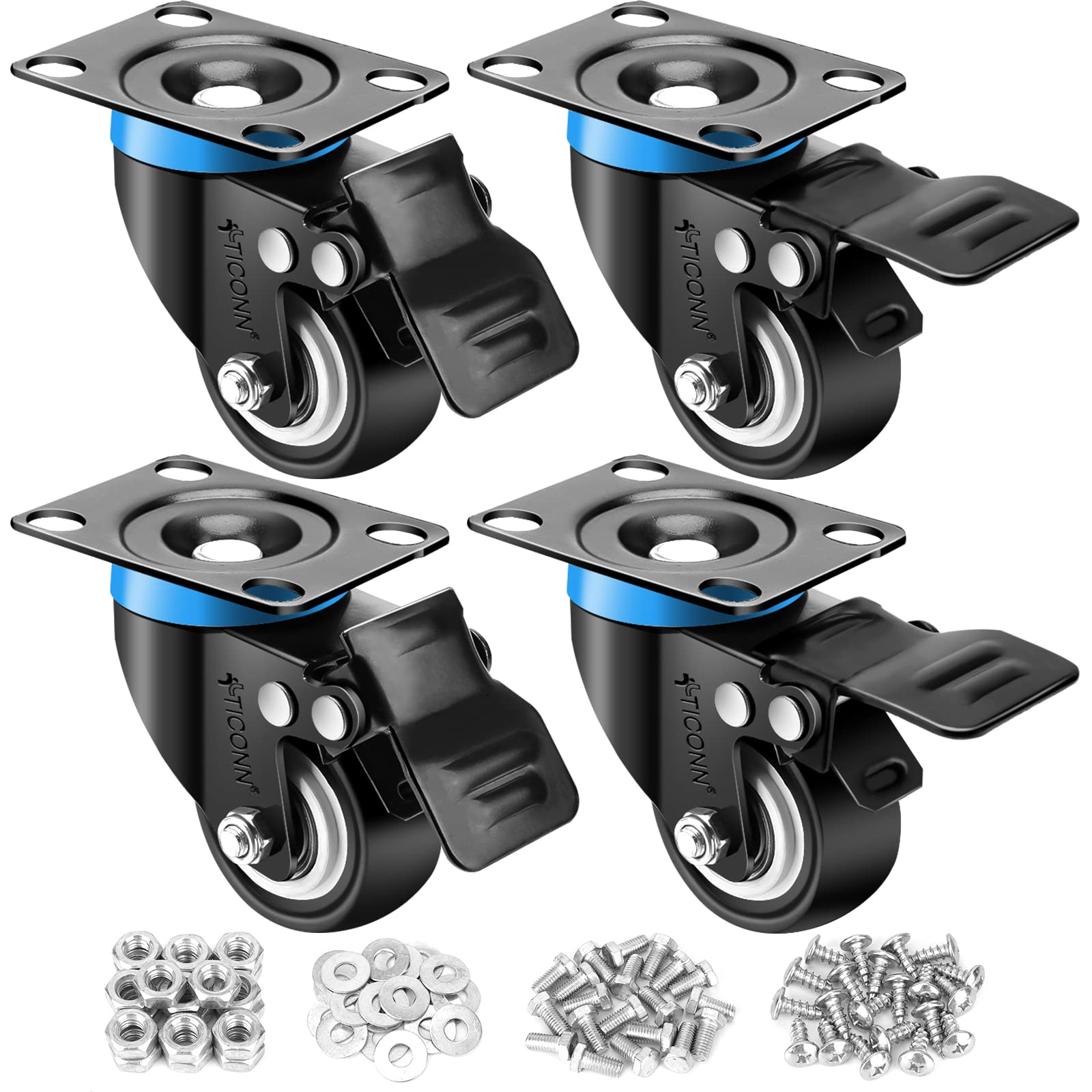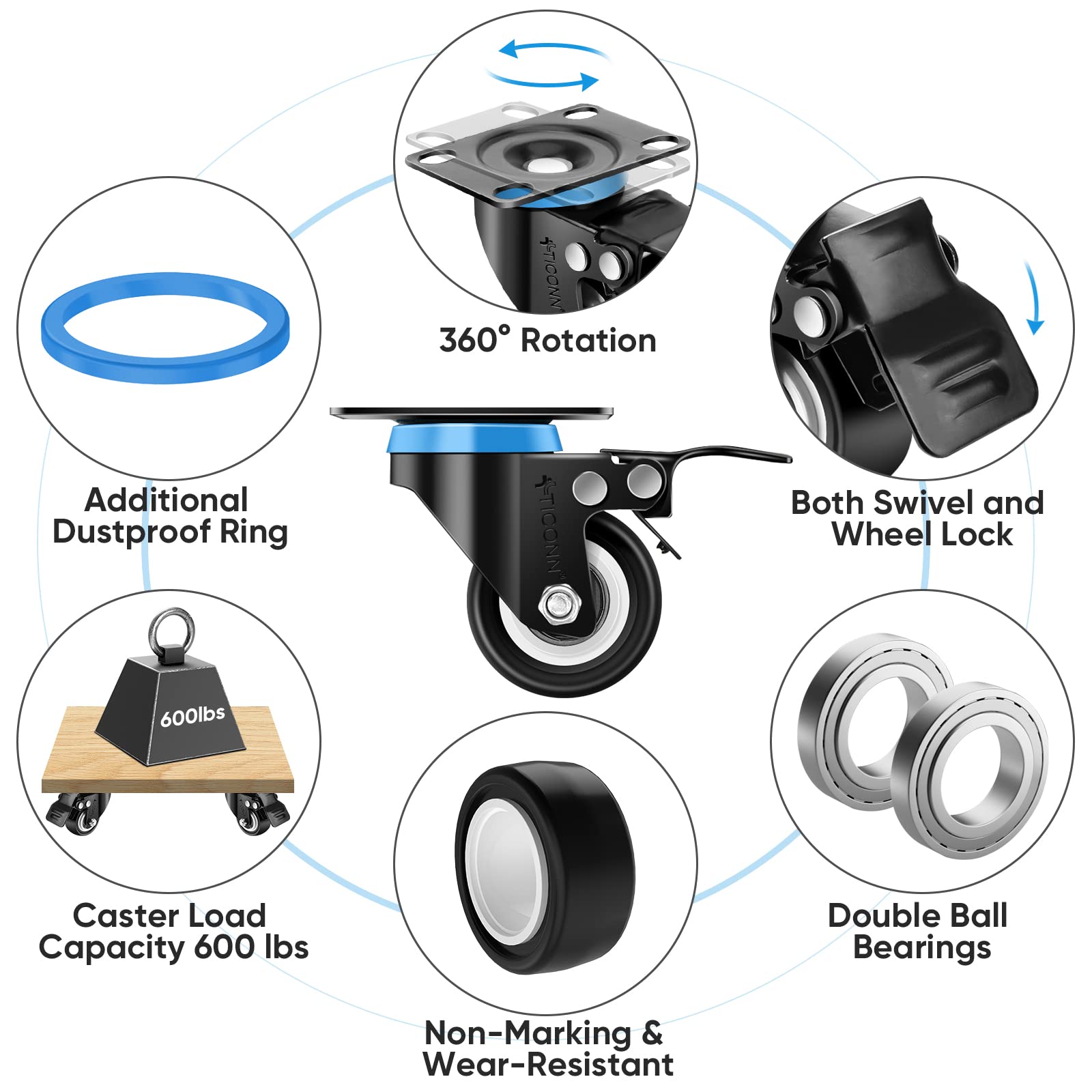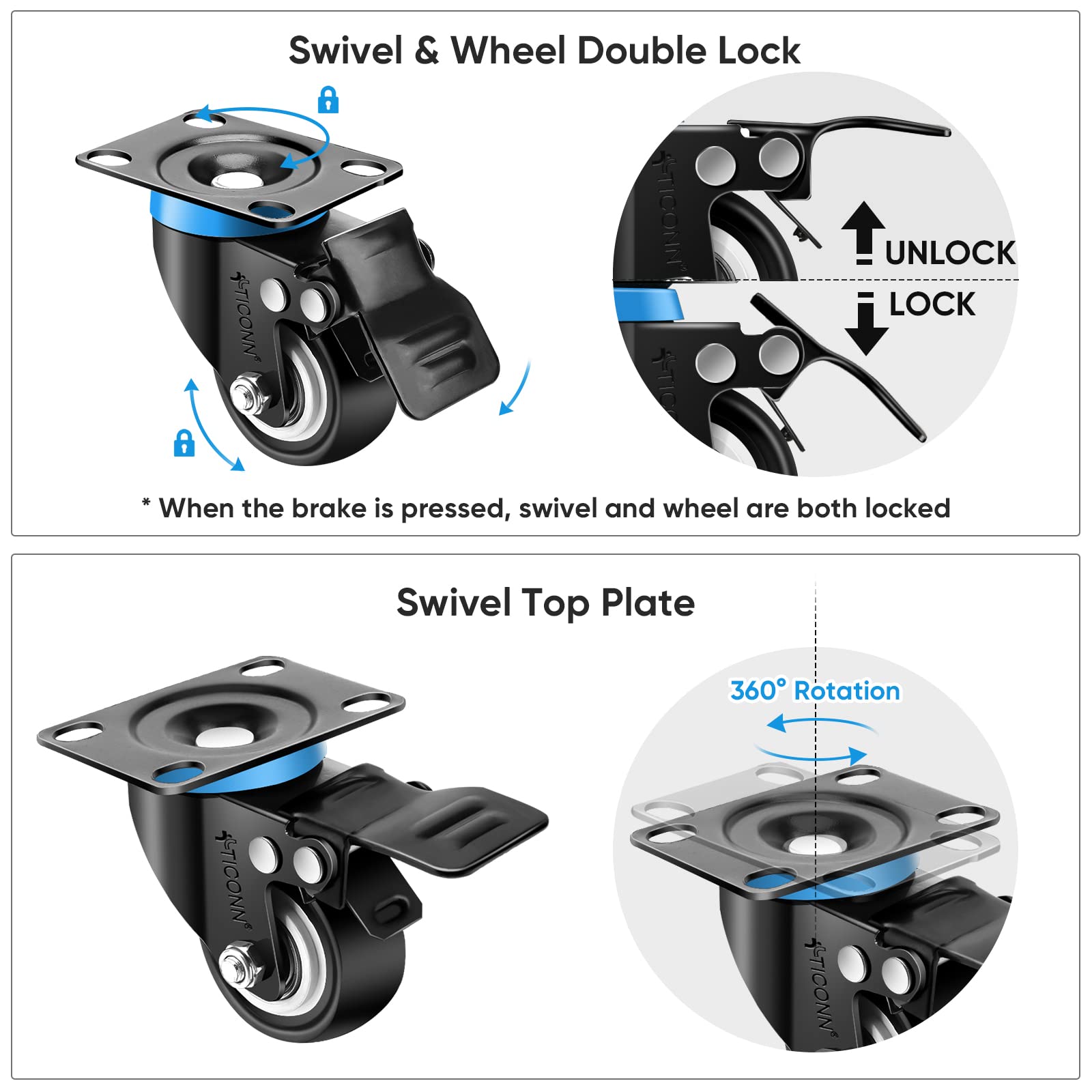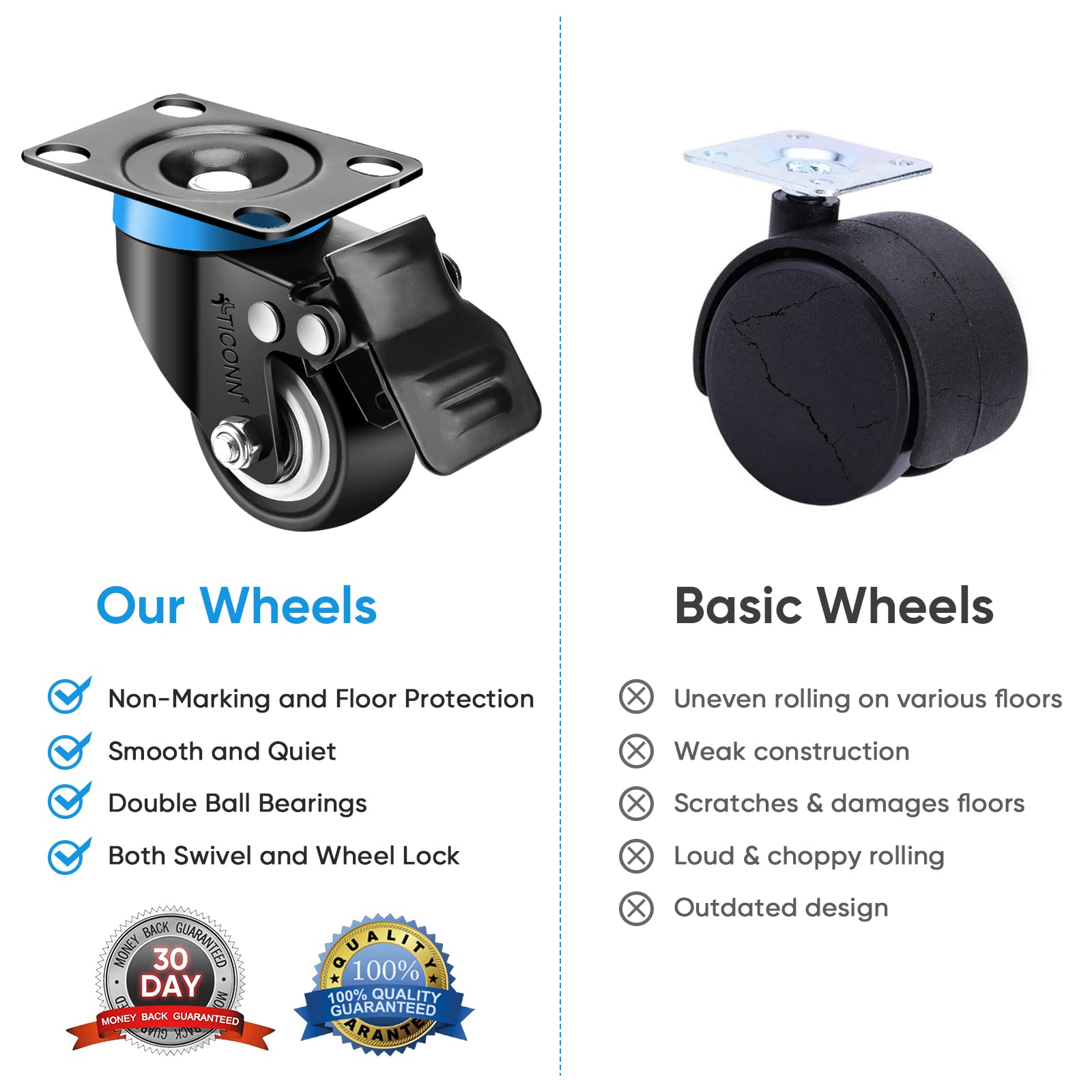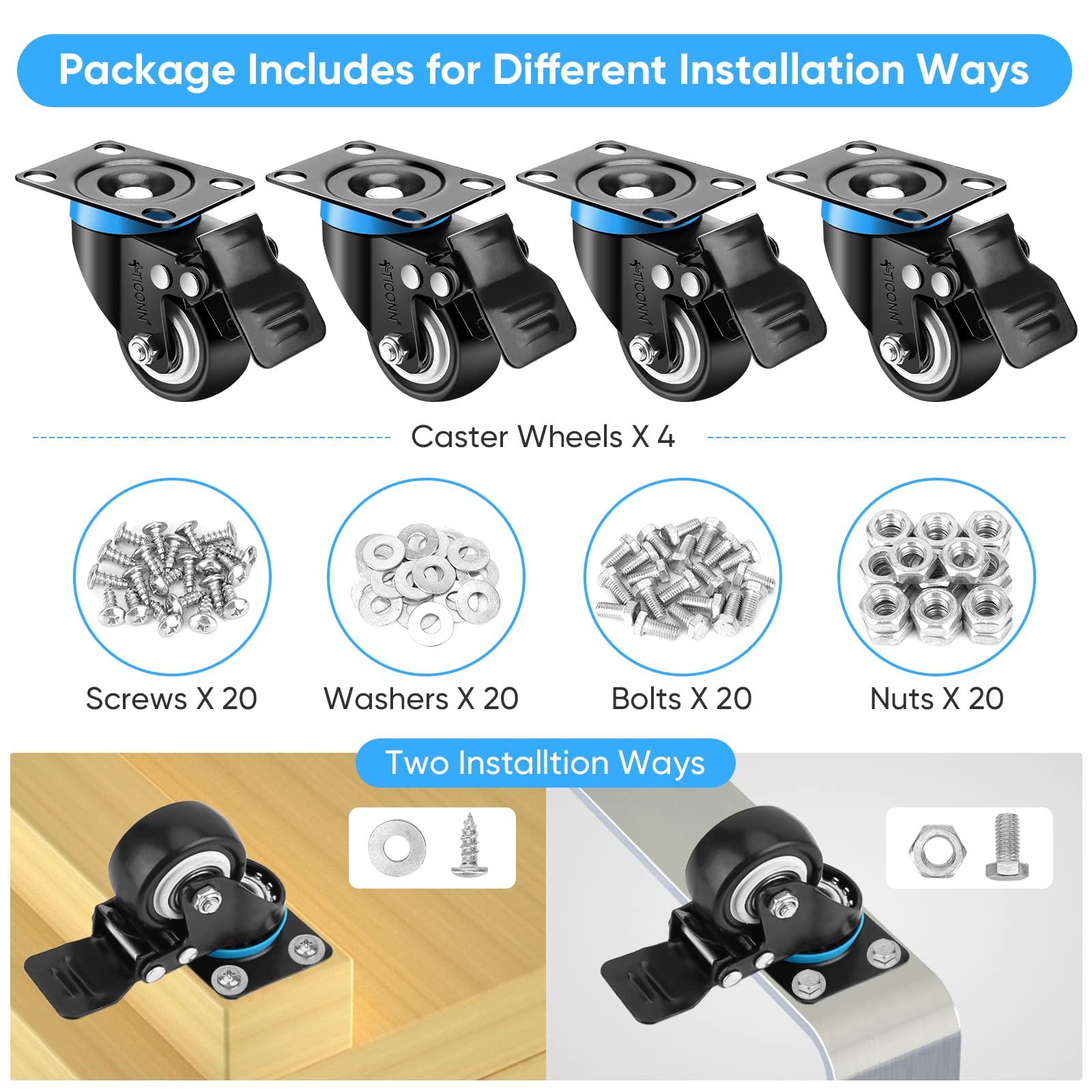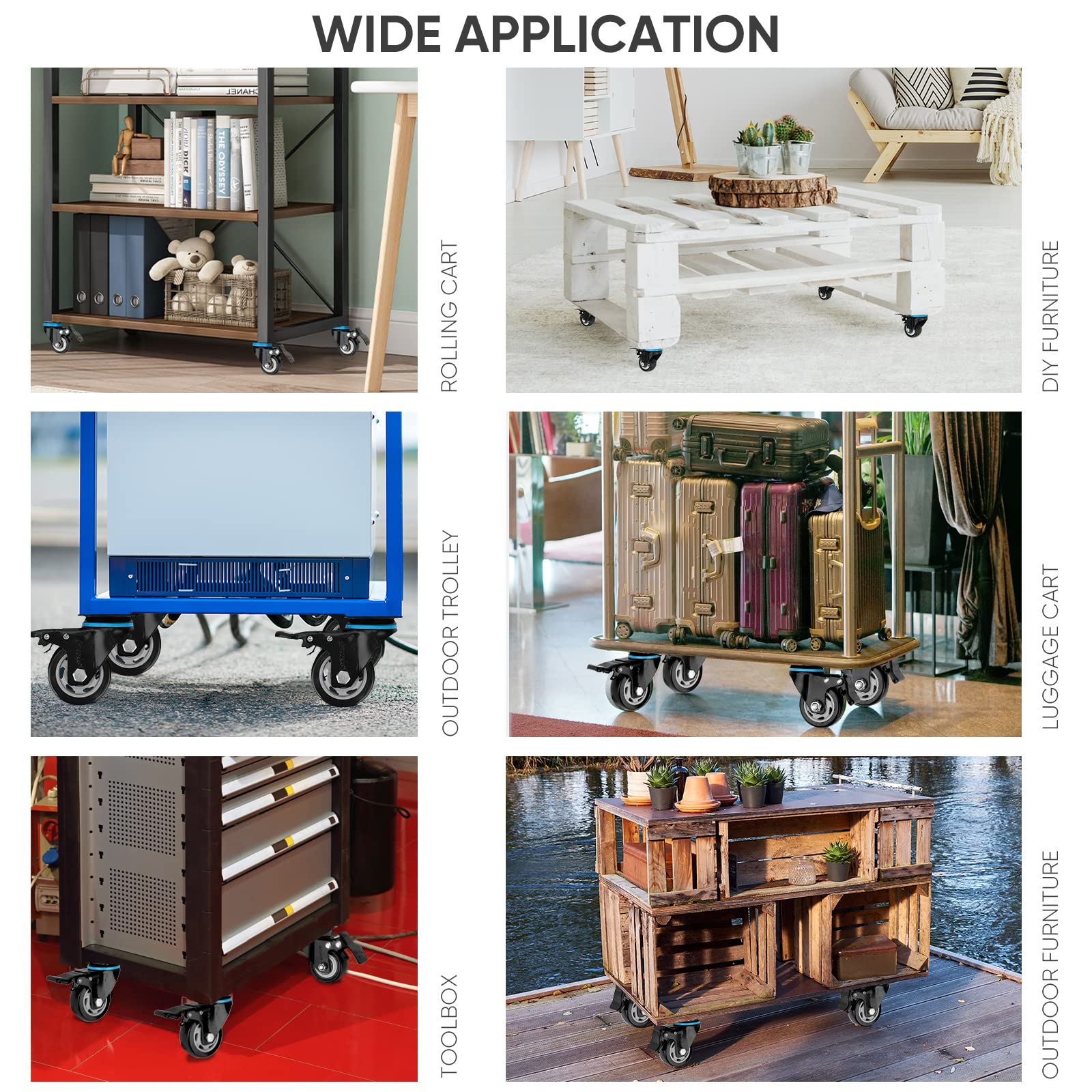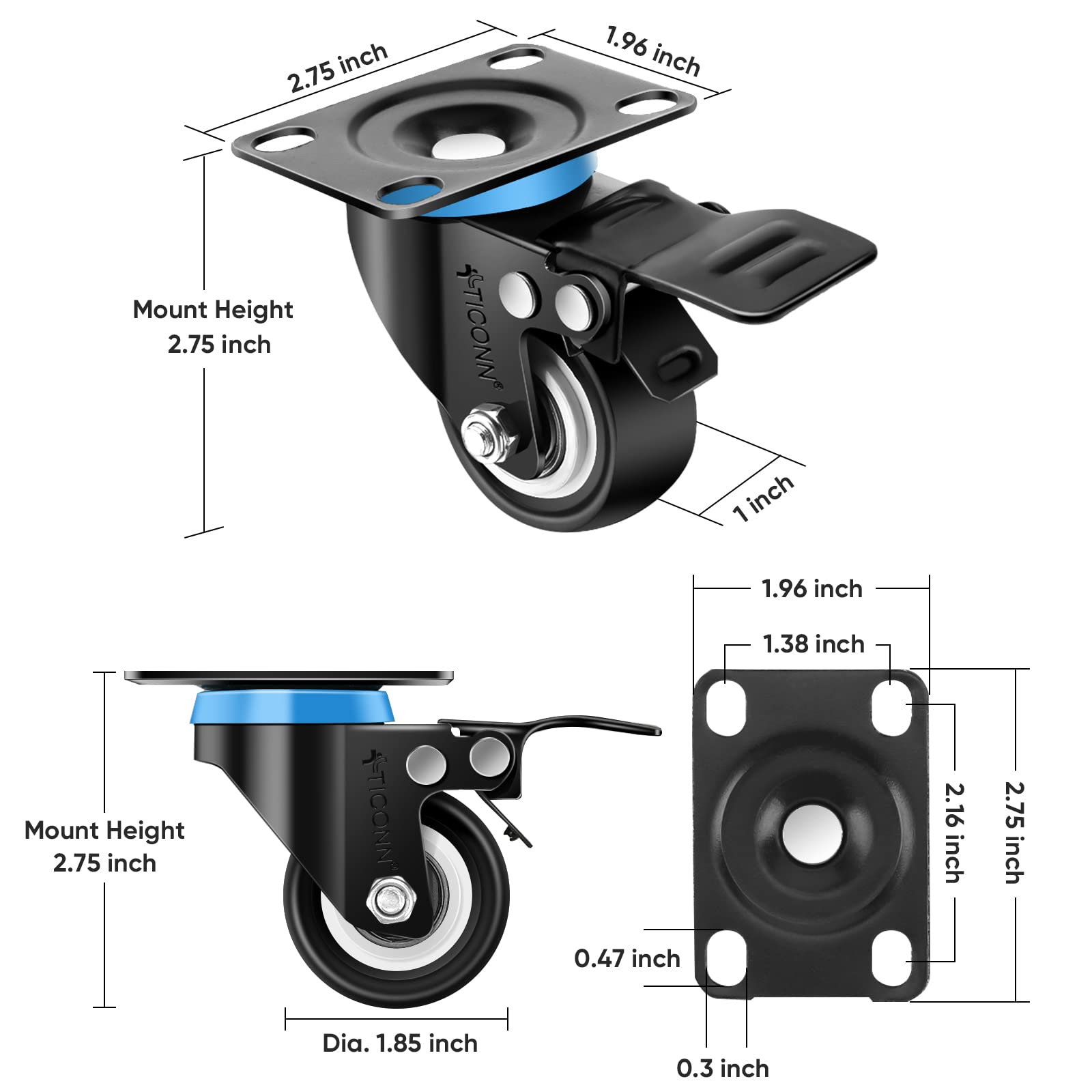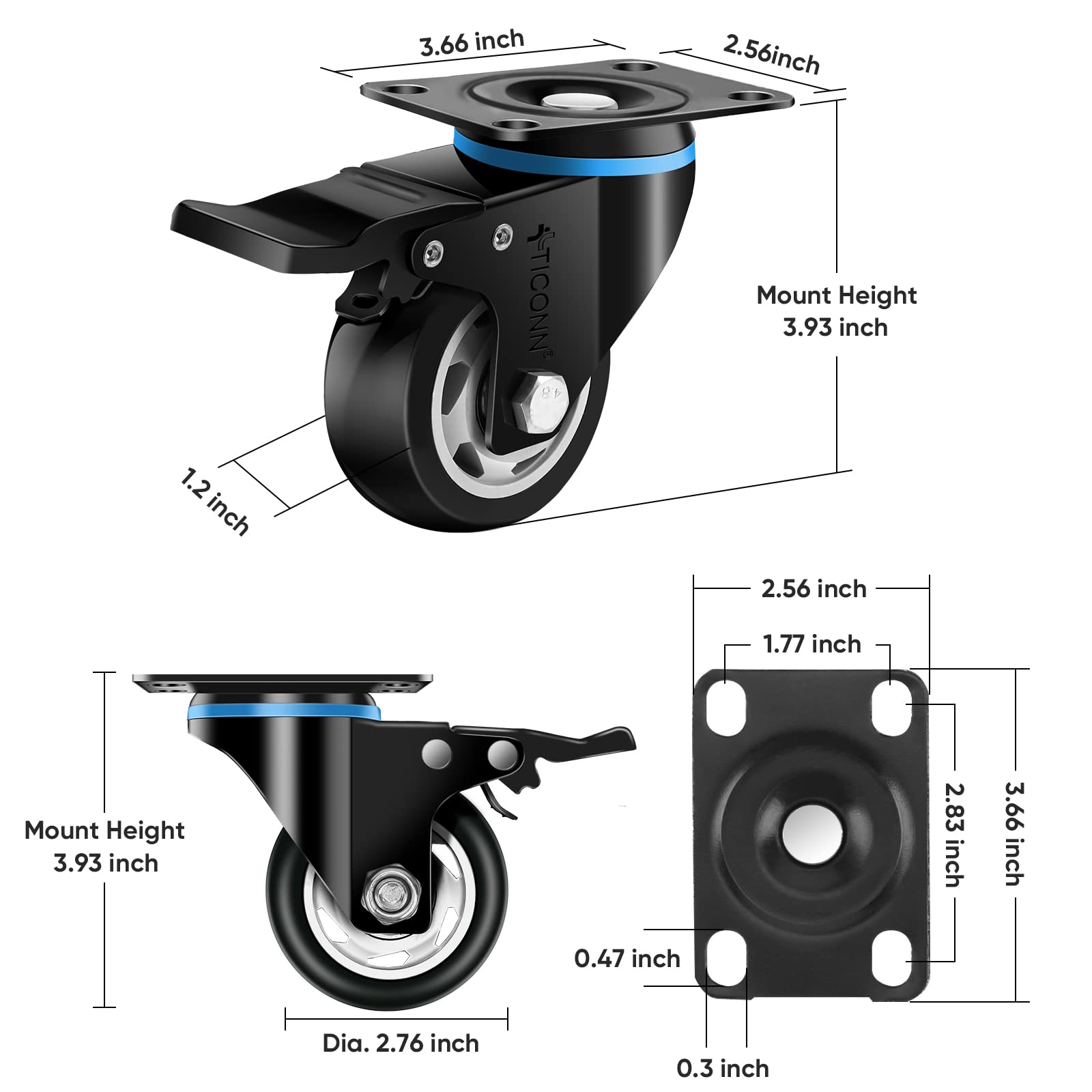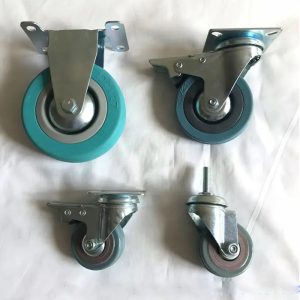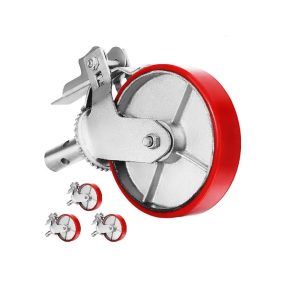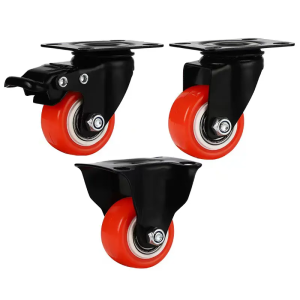Features of non-marking casters include:
- Non-marking wheels: The most crucial feature is the use of non-marking wheels. These wheels are typically made of materials like rubber or polyurethane and are designed not to leave scuff marks, stains, or black streaks on the floor.
- Floor protection: Non-marking casters help prevent damage to various types of flooring, such as hardwood, tile, linoleum, concrete, and other sensitive surfaces. They reduce the risk of scratches, dents, or abrasions caused by traditional casters.
- Low rolling resistance: Non-marking casters are engineered to provide smooth and easy rolling, reducing the effort required to move equipment or objects. This feature contributes to ease of use and less wear and tear on the floor.
- Quiet operation: These casters are designed to operate quietly, minimizing noise and disturbances in quiet environments like hospitals, libraries, and office spaces.
Non-marking casters are commonly used in applications where maintaining the appearance and integrity of the floor is critical. These features make them suitable for medical equipment, hospitality furniture, office chairs, and various other applications where floor protection and aesthetics are essential.
Non-marking casters offer several advantages, including:
- Versatility: Non-marking casters come in various sizes, load capacities, and wheel materials, making them suitable for a wide range of applications, including furniture, medical equipment, office chairs, and material handling.
- Floor safety: These casters improve floor safety by reducing the risk of tripping and accidents associated with damage to the floor or uneven rolling caused by traditional casters.
- Low rolling resistance: Non-marking casters typically offer smooth and effortless rolling, making them easy to maneuver and reducing the effort required to move equipment or furniture.
- Durability: They are constructed from durable materials that can withstand the demands of commercial and industrial environments, providing long-lasting performance.
Non-marking casters are a valuable solution in situations where preserving floor integrity, aesthetics, and cleanliness are critical. Their advantages make them a suitable choice for a wide range of applications, ensuring both functionality and visual appeal.
Customizable aspects of non-marking casters include:
- Wheel Material: You can often choose the wheel material to best suit your application. Common non-marking wheel materials include soft rubber, polyurethane, thermoplastic elastomers (TPE), and high-density polyethylene (HDPE). Each material offers different benefits in terms of load capacity, floor protection, and noise reduction.
- Wheel Diameter: Non-marking casters come in various wheel diameters, allowing you to select the size that matches your equipment and load requirements. Larger wheels offer better mobility and stability, while smaller wheels are suitable for confined spaces.
- Load Capacity: Casters can be customized to support specific load capacities. Manufacturers can adjust the caster’s design and components to ensure it can handle the weight of the equipment or object it will support.
- Swivel and Locking Mechanisms: You can choose whether you need swivel casters for easy maneuverability or rigid (non-swivel) casters for added stability. Some non-marking casters also come with locking mechanisms to secure equipment in place when needed.
- Mounting Options: Non-marking casters are available in various mounting configurations, including plate mounts, stem mounts, or custom designs to fit the specific requirements of your equipment.
- Brake Options: Customization may include the addition of braking mechanisms, such as wheel brakes or total lock brakes, to secure the equipment when stationary.
The ability to customize non-marking casters is valuable because it allows you to tailor the casters to your specific needs, ensuring they are a perfect fit for your equipment and the environment in which they will be used.
There are several packaging solutions available for non-marking casters, including:
- Individual Packaging: Each caster is separately packaged in its own box or bag. This approach provides individual protection and helps prevent any scuffs or scratches during handling and shipping.
- Bulk Packaging: Casters are packaged together in bulk, often within a larger box or container. This is a cost-effective way to package multiple casters in a single shipment.
- Blister Packaging: Some casters may be placed in blister packs made of clear plastic. This packaging method allows customers to see the product while still providing protection and cleanliness.
- Corrugated Cardboard Boxes: Casters can be packed in corrugated cardboard boxes, which are sturdy and offer excellent protection against impacts during shipping. These boxes can be customized in various sizes to accommodate different caster dimensions.
- Foam or Foam Inserts: Foam inserts are designed to precisely fit the casters and provide cushioning during transit. They offer superior shock protection, ensuring the casters arrive in perfect condition.
- Bubble Wrap or Padding: Bubble wrap or other padding materials can be used to wrap individual casters or fill empty spaces within the packaging to prevent movement and cushion against shocks.
The choice of packaging solution may depend on the caster’s size, quantity, and the specific requirements of the manufacturer and customer. Proper packaging helps ensure that the shock-absorbing casters are delivered in excellent condition and ready for use upon arrival, reducing the risk of any damage during transit.
